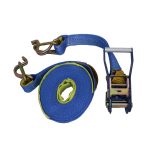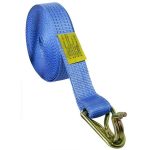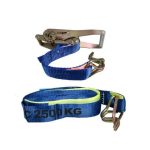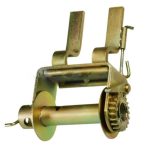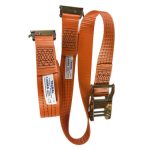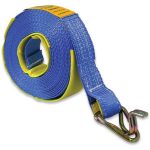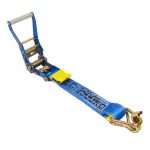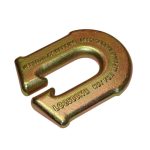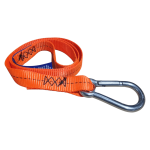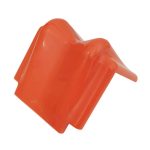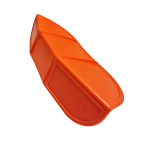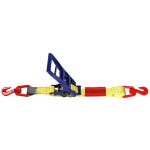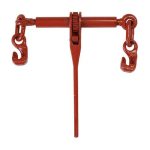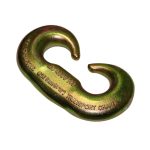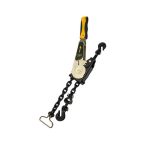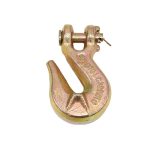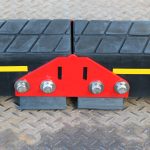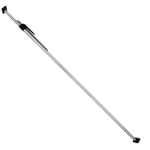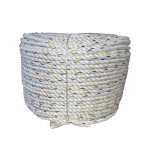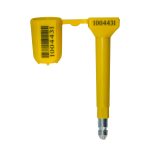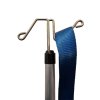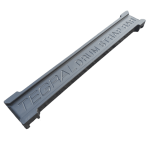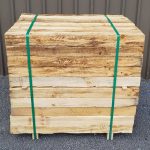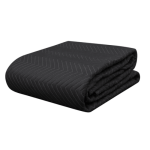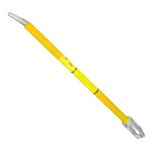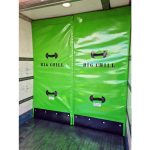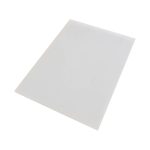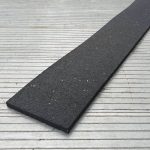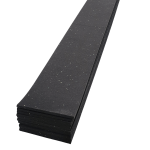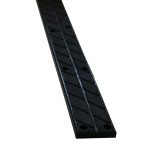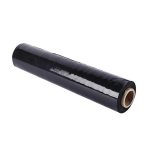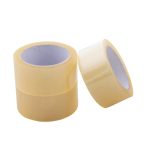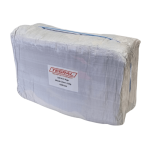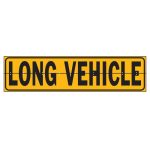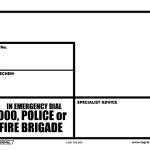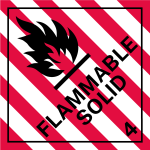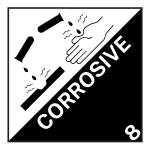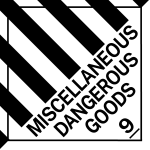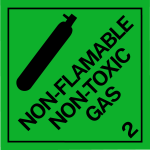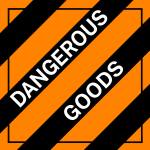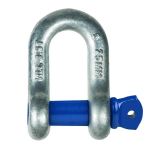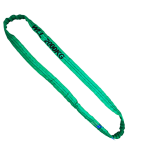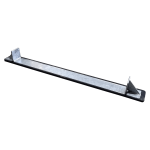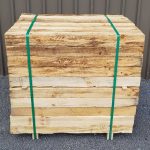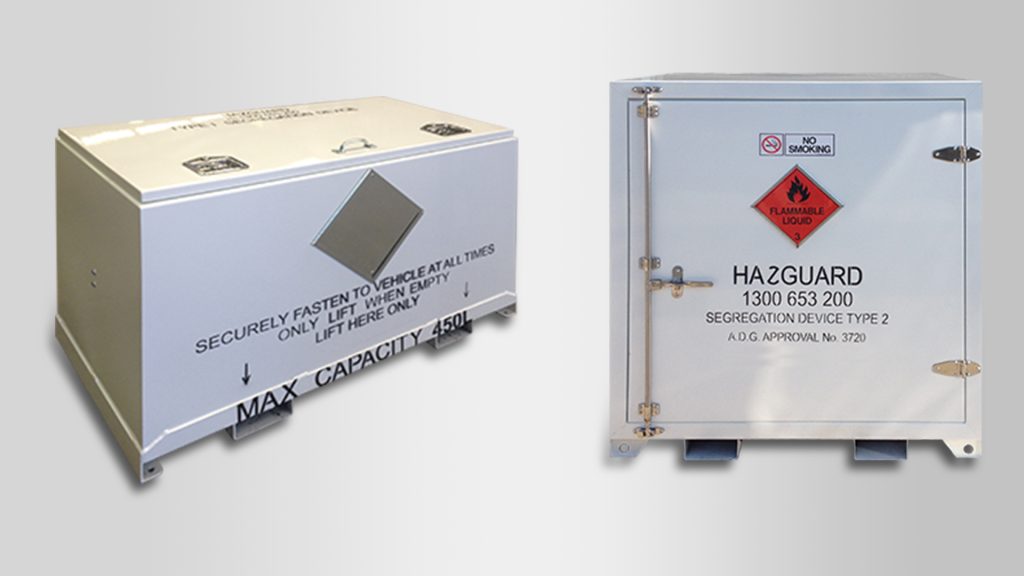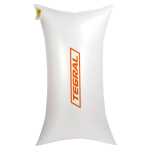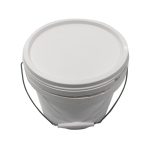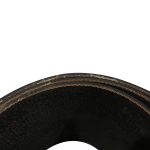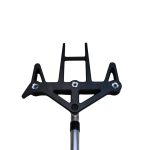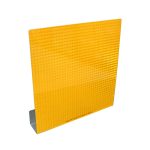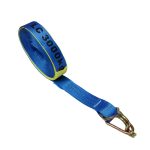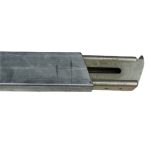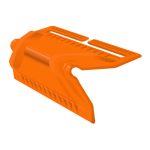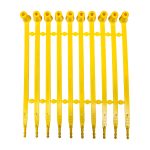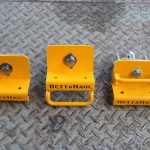Segregation devices are vital tools for safely transporting dangerous goods, ensuring compliance with regulations and minimising risks. Type 1 and Type 2 devices cater to distinct needs and applications in the transportation of hazardous materials.
Type 1 Segregation Device:
Designed for smaller package loads not exceeding 450L, Type 1 devices excel in accommodating smaller quantities of dangerous goods. Customisable to fit specific package sizes, they are suitable for various road vehicles, including vans and utilities. Compliant with the Australian Dangerous Goods Code (ADG), Type 1 devices find applications across courier companies, chemical suppliers, and maintenance companies requiring the transportation of incompatible dangerous goods. Key features include steel construction, opening side with locking system, and optional accessories like internal D Rings and forklift tine guides.
Type 2 Segregation Device:
Tailored for transporting larger containers such as 205L drums and IBCs, Type 2 devices offer robust solutions for handling bulk quantities of dangerous goods. With dimensions suitable for accommodating sizable packages, these devices are equipped with features like camlock and hinges, internal spill tray with drain plugs, and pallet rails. Ideal for emergency response situations, storage, and transport of goods between sites, Type 2 devices provide versatility and reliability. Optional accessories such as forklift tine guides and diamond holders further enhance their functionality.
Key Differences:
Load Capacity: Type 1 devices are suitable for smaller package loads, while Type 2 devices cater to larger containers and bulk quantities of dangerous goods.
Applications: Type 1 devices find application in scenarios requiring the segregation of smaller loads across various industries, while Type 2 devices are preferred for bulk ibc transport.
Features: Each type offers specific features tailored to its intended use, with Type 1 focusing on customisation and versatility for smaller quantities and Type 2 prioritising robustness and functionality for bulk transport.
Understanding the differences between Type 1 and Type 2 segregation devices is crucial for selecting the appropriate solution based on load size, application requirements, and regulatory compliance. By choosing the right device, organisations can ensure the safe and efficient transport of dangerous goods, mitigating risks and enhancing overall safety standards.




